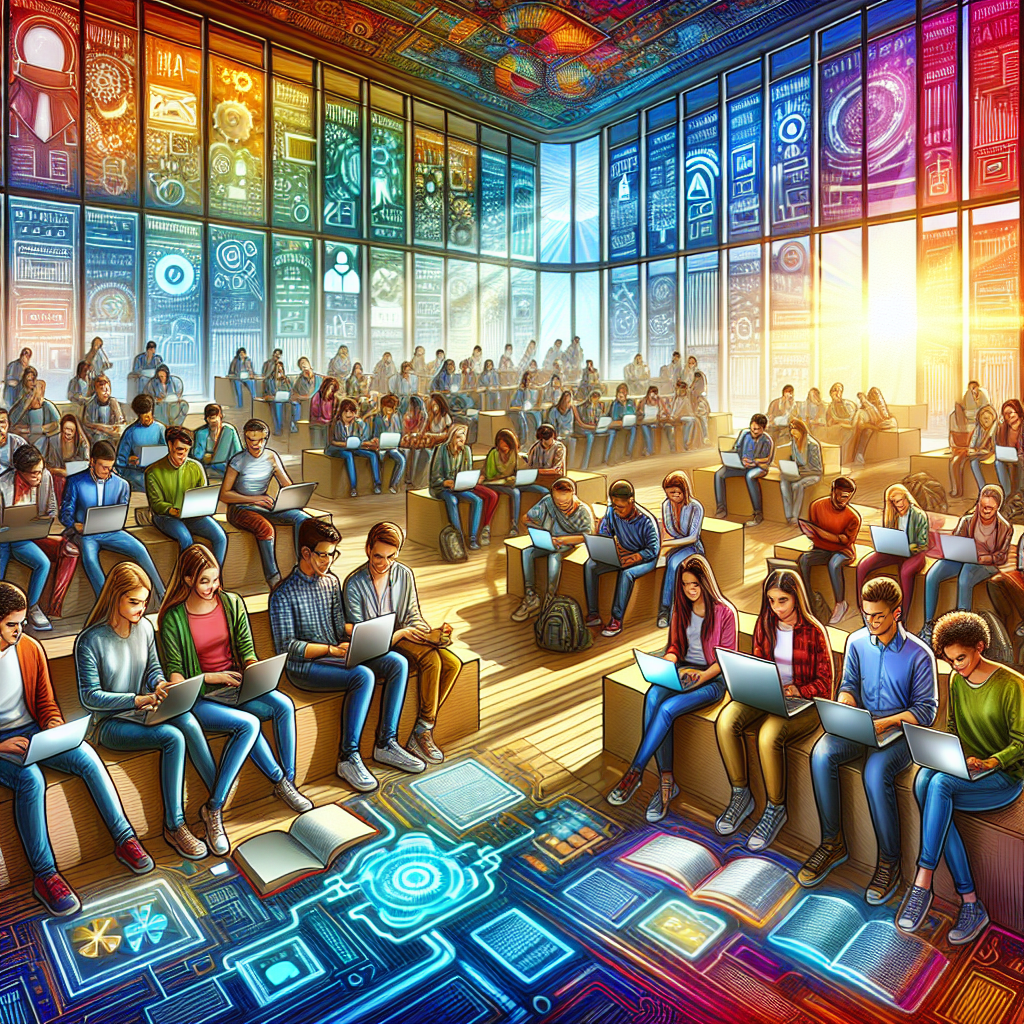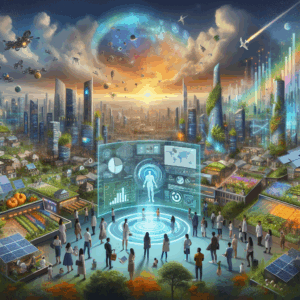Making AI Accessible to All: Google’s Free AI Tools for College Students
Introduction
Artificial Intelligence (AI) is transforming varied sectors of our society, including education, where it plays a pivotal role in facilitating enhanced learning experiences and creative exploration. As educators explore new horizons, access to AI technologies remains essential for students keen on diving deeper into innovations. The democratization of AI learning experiences, particularly for college students, has reached new heights with the introduction of Google’s free AI tools. These tools are not only accessible but specifically tailored to enrich academic ventures. In this post, we delve into the AI resources offered by Google, explicating their utility, significance, and how they can be seamlessly integrated into a student’s life.
Importance of AI Accessibility
AI’s ability to process massive datasets, automate repetitive tasks, and provide insightful analytics makes it an invaluable tool in the academic landscape. As curricula begin to embrace technological methodologies, students often face barriers due to the high cost of accessing AI resources and limited technical knowledge. These obstacles hinder the broader reach of AI education. Google’s provision of free tools plays a pivotal role in removing these barriers, enabling a wider audience to engage with AI technologies without economic constraints. Accessible learning platforms, like those provided by Google, democratize AI, making it an integral aspect of modern education.
Overview of Google’s Free AI Tools
Google has introduced a range of AI tools curated to meet educational needs. These resources include Google Bard for language processing, Google Colab for coding practice and data analysis, and Google Teachable Machine for custom model creation. Crafted for intuitive use, these tools invite students to venture into AI without requiring advanced technical backgrounds. They promote an inclusive learning environment where experimentation and creativity thrive.
Google Bard
Features
Google Bard leverages cutting-edge Natural Language Processing (NLP) technology, simplifying complex tasks such as writing assistance, idea generation, and research facilitation. Designed to mirror the student’s thought process, Bard supports efficient learning and productivity.
Use Cases
Students can harness Google Bard to brainstorm ideas for essays, receive recommendations for reading materials, and refine their writing through intelligent feedback. With its ability to process and respond to user queries naturally, Bard acts as a versatile virtual assistant in academic settings.
Practical Application
Incorporating Google Bard into daily study routines is straightforward. For example, when faced with a challenging research paper, students can use Bard to distill the key points and suggest further reading based on these insights.
Google Colab
Features
Google Colab is a cloud-based Jupyter Notebook platform that collaborates seamlessly with TensorFlow and other libraries. It provides an environment optimized for teaching and enhanced collaboration through its integrated cloud storage and access to GPUs.
Use Cases
With Google Colab, students can embark on machine learning projects, perform data analyses, or engage in joint coding exercises. Its collaborative capabilities foster an engaging learning atmosphere, preparing students for real-world tech environments.
Practical Application
Here’s a Python code example that utilizes Google Colab alongside TensorFlow to train a neural network model on the MNIST dataset, an effective starter project for beginners:
# Import necessary libraries
import tensorflow as tf
import numpy as np
import matplotlib.pyplot as plt
from datetime import datetime
# Check if GPU is available
print("TensorFlow version:", tf.__version__)
print("GPU Available:", tf.config.list_physical_devices('GPU'))
# Load and prepare the MNIST dataset
(x_train, y_train), (x_test, y_test) = tf.keras.datasets.mnist.load_data()
x_train, x_test = x_train / 255.0, x_test / 255.0
# Build the model
model = tf.keras.models.Sequential([
tf.keras.layers.Conv2D(32, (3, 3), activation='relu', input_shape=(28, 28, 1)),
tf.keras.layers.MaxPooling2D((2, 2)),
tf.keras.layers.Conv2D(64, (3, 3), activation='relu'),
tf.keras.layers.MaxPooling2D((2, 2)),
tf.keras.layers.Flatten(),
tf.keras.layers.Dense(128, activation='relu'),
tf.keras.layers.Dropout(0.2),
tf.keras.layers.Dense(10, activation='softmax')
])
# Compile and train the model
model.compile(optimizer='adam', loss='sparse_categorical_crossentropy', metrics=['accuracy'])
history = model.fit(x_train, y_train, epochs=5, validation_data=(x_test, y_test))
# Evaluate model performance
test_loss, test_acc = model.evaluate(x_test, y_test)
print(f'Test accuracy: {test_acc:.4f}')
Using Colab, students can run complex computations and visualize results efficiently, without the need for high-performance local hardware.
Google Teachable Machine
Features
Google Teachable Machine simplifies AI education by allowing users to train machine learning models through an easy-to-use interface. Students can experiment with AI models without deep programming skills, fostering a deeper understanding of AI methodologies.
Use Cases
Students can develop personalized AI applications for assignments or individual projects. Projects can vary from image recognition applications to interactive games powered by custom-trained models.
Practical Application
In a practical scenario, a student may use Teachable Machine for a biology project by training a model to classify different species of plants using image data.
Integration and Best Practices
To maximize the benefits of these tools, students should explore best practices aligned with their individual needs and educational goals:
- Integrate AI tasks with coursework to enhance understanding.
- Collaborate on group projects via shared Colab notebooks.
- Develop a strategic approach to studying, utilizing AI for task management and optimizing time efficiency.
Conclusion
As AI continues to redefine educational landscapes, Google’s free AI tools provide students with unparalleled access to advanced resources. Integrating AI into daily academic routines empowers students to embrace innovative learning methods and prepare for tech-driven futures. This initiative underscores Google’s commitment to educational equity and paves the way for an AI-enabled academic culture. College students are encouraged to tap into these resources and explore the expansive realm of AI applications, setting a foundation for a more technologically adept learning environment.





